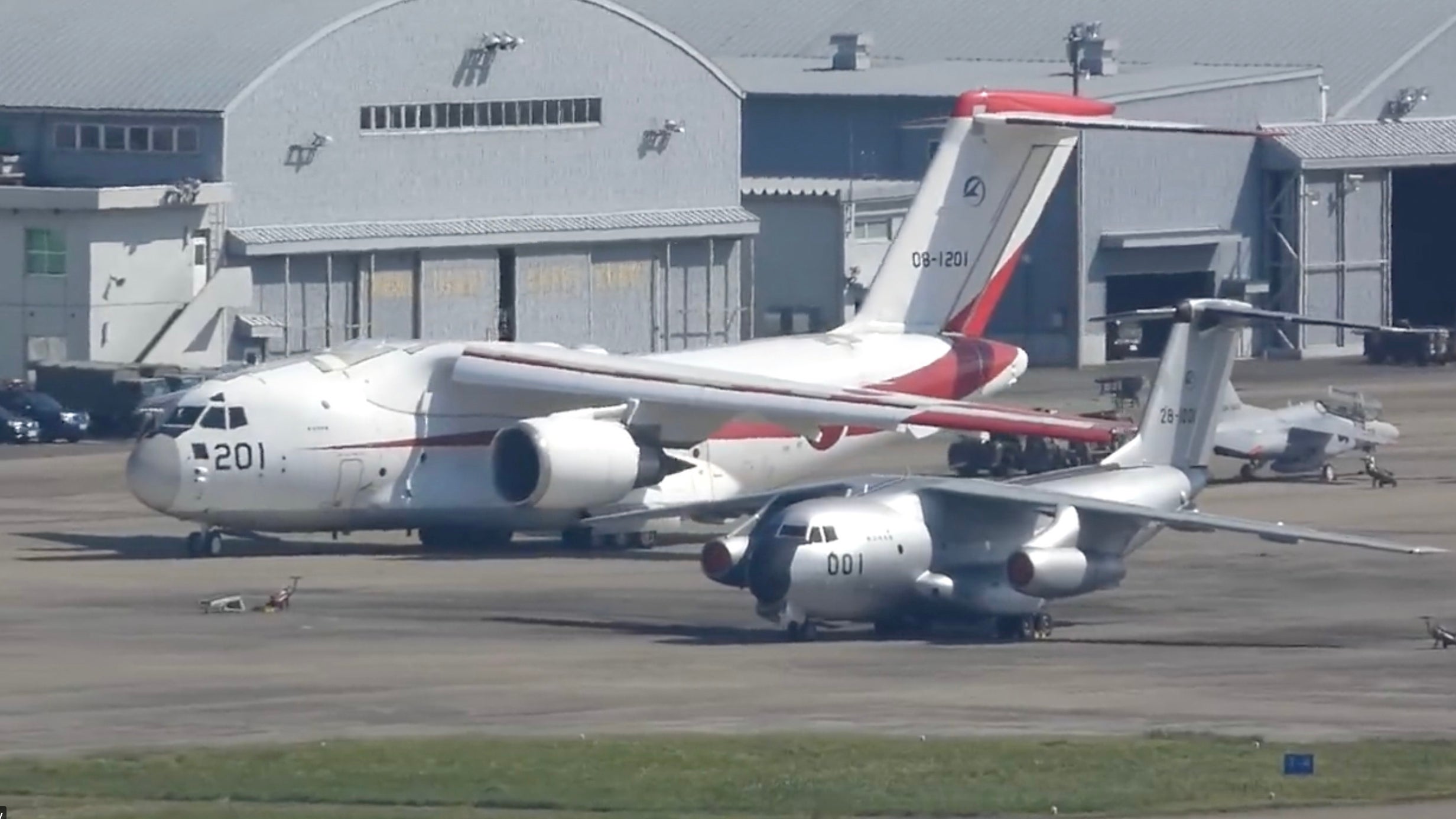The Kawasaki Heavy Industries C-2 military cargo aircraft isn’t exactly a brand new kid on the block. The aircraft has been in service with the Japan Air Self Defense Force since 2016. But one astute airplane spotter captured a dramatic contrast between the size of it and its forbear, the Kawasaki C-1, at a Japanese airport over the weekend.
The C-2, actually the first developmental XC-2, which belongs to Japan’s Technical Research and Development Institute, was spotted at an airbase in Kakamigahara, 160 miles or so west of Tokyo, slowly taxiing behind and parking next to an original C-1. Twitter user Rikizo Misono (@misonor) posted the short video, included in the tweet below, on Saturday, and aviation aficionados were quick to share it and follow up with amusing captions in reaction to the impromptu side-by-side comparisons of the “parent” and its “child.” Above all else, most were taken aback by the size difference between the two related types.
Of course, the cartoon analogies — while funny — get the relationship between the two aircraft exactly backward. The small C-1 is the older “parent,” and the much larger C-2 is the “child.”
Japan developed the C-2 in this century as a successor to the Cold War-era Kawasaki C-1 transport, as the country began to take a greater role in international missions, including peacekeeping and disaster relief. The C-1 began life as an indigenous replacement for hand-me-down U.S. World War II-era piston-engine powered transports. The short-field capable aircraft can travel at a maximum speed of about 430 knots and a relatively modest range that can be described as something between regional and international in nature, which fits with Japan’s defensive strategy when it first entered service in 1974. Its capacity — about 18,000 pounds during normal operations — is considerably less than even early C-130 models. While the C-1 continues to serve in the Japan Self-Defense Forces, its limitations have been apparent for some time.
Enter the C-2.
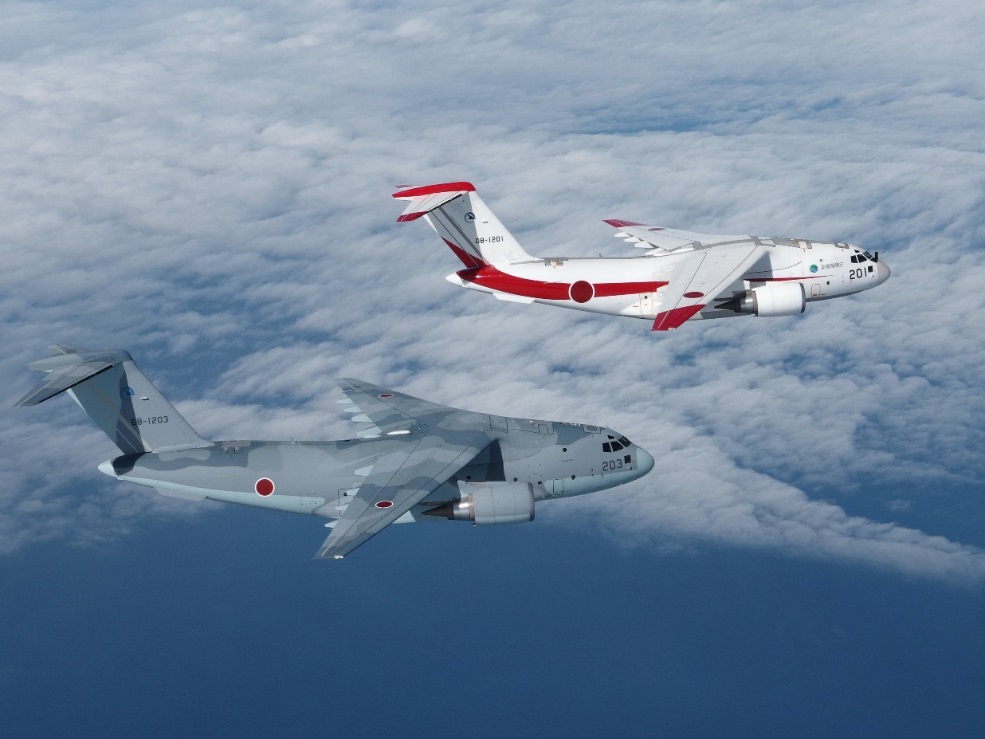
The medium-range/medium-lift C-2 program began with the Japanese Ministry of Defense’s request for funding for a C-X airlifter in 1995. In 2001, the Ministry requested proposals from industry for both the C-X and the so-called MPX, the aircraft that became the P-1 maritime patrol aircraft. While industry observers at the time were skeptical, the P-1 and the C-2 aircraft do share some subsystem components.
Despite appearing comparatively gargantuan in the video, the Kawasaki C-2 sits somewhere between a C-17 and a C-130 in terms of size and capabilities. In fact, it is probably closest in most regards to the turboprop-powered Airbus A-400M. The C-2’s huge twin engines, General Electric CF6-80C2K1F high-bypass turbofans — similar to those on many 747s and 767s, for instance — absolutely dwarf the C-1’s JT8D-M-9s, which are a prolific Pratt & Whitney design that were built under license by Mitsubishi. Just in terms of thrust alone, the differences are huge — 14,500 lbs of thrust for each engine on the C-1, compared to just shy of 60,000 lbs for each of the C-2’s CF6 engines.
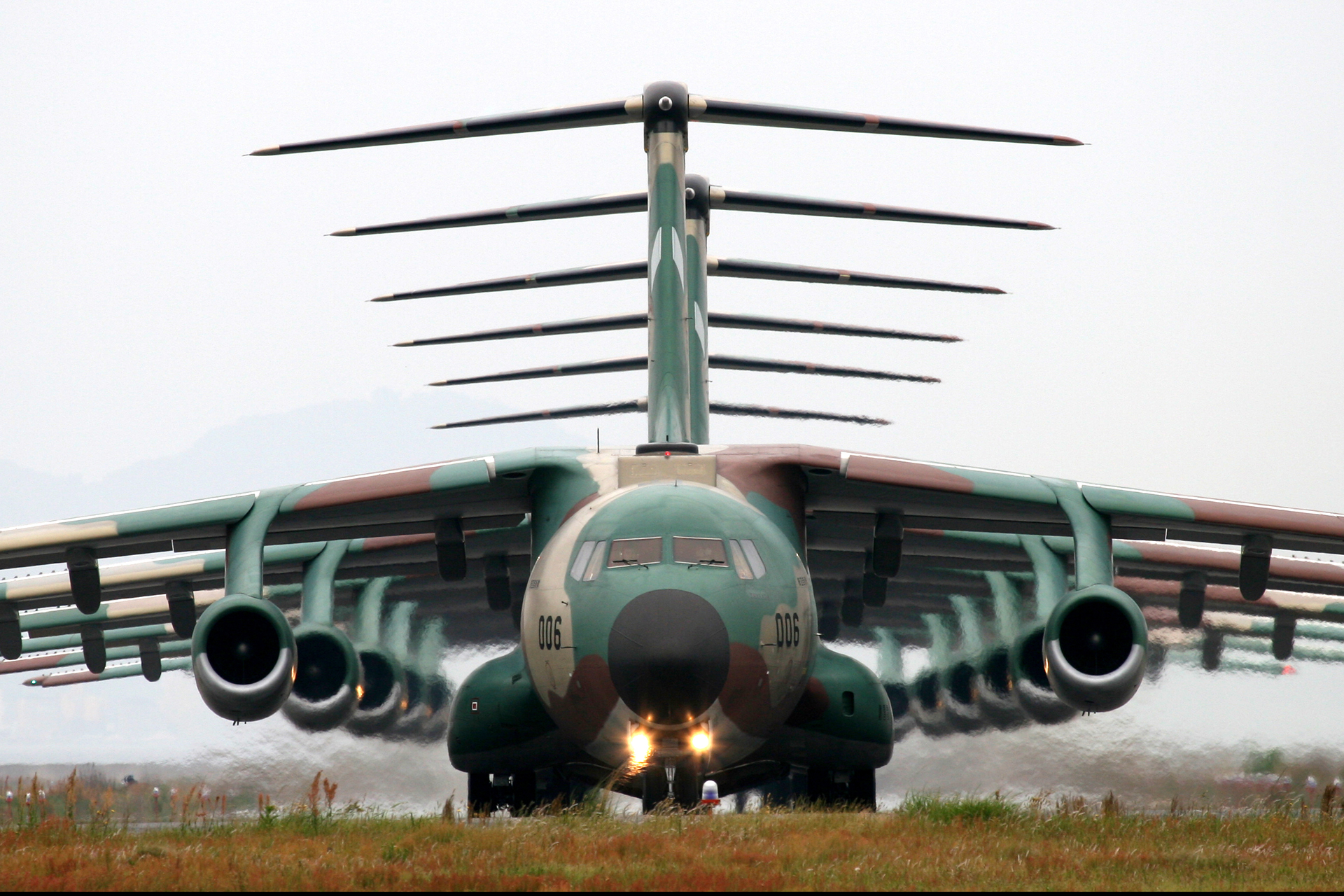
The C-2, which retains short field capabilities like its diminutive predecessor, is something of an anomaly for a military cargo-carrying aircraft of its size. All others use four engines, not two. While this may simplify sustainability and even help with fuel burn, engine-out flexibility does suffer.
The C-2’s large rear ramp and cargo hold allows it to accommodate outsized cargoes that the C-1 could never carry. This includes materiel such as the Patriot surface-to-air missile system, armored vehicles, or even a Mitsubishi H-60 series helicopter—a Japanese aircraft based on the Sikorsky S-70 aircraft family.
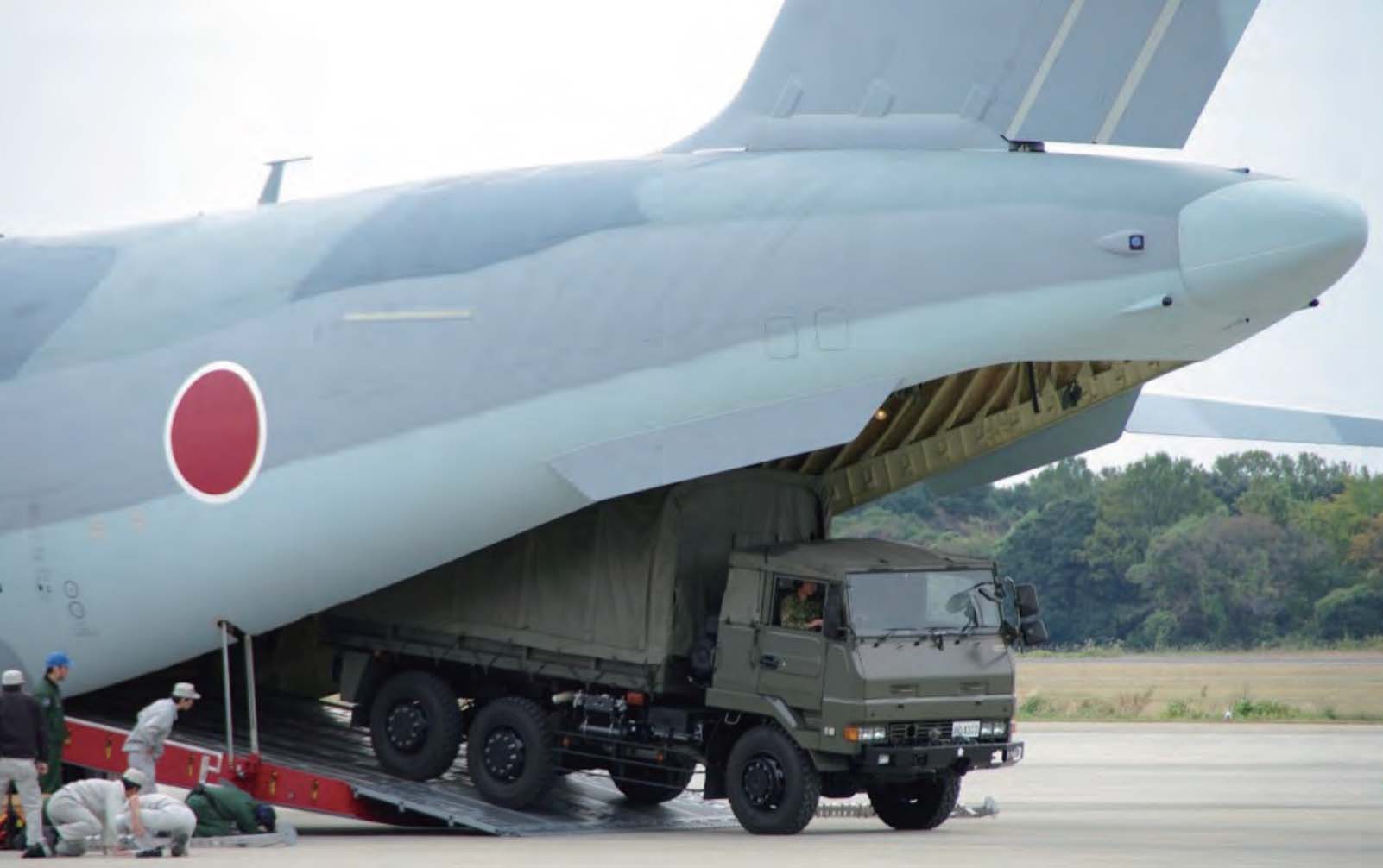
The C-2 allows the Japan Air Self-Defense Force (JASDF) to rapidly deploy troops and cargo, as well as to participate in humanitarian assistance and other contingencies—the latter are operations the country has increasingly become more involved in. Japan’s larger international vision for its military is also a factor in the C-2’s requirements. For instance, Japan opened its first permanent overseas military base since World War II in Djibouti a decade ago. A single C-2 also reportedly participated in the humanitarian airlift from Hamid Karzai International Airport in August 2021, an event The War Zone covered in great detail
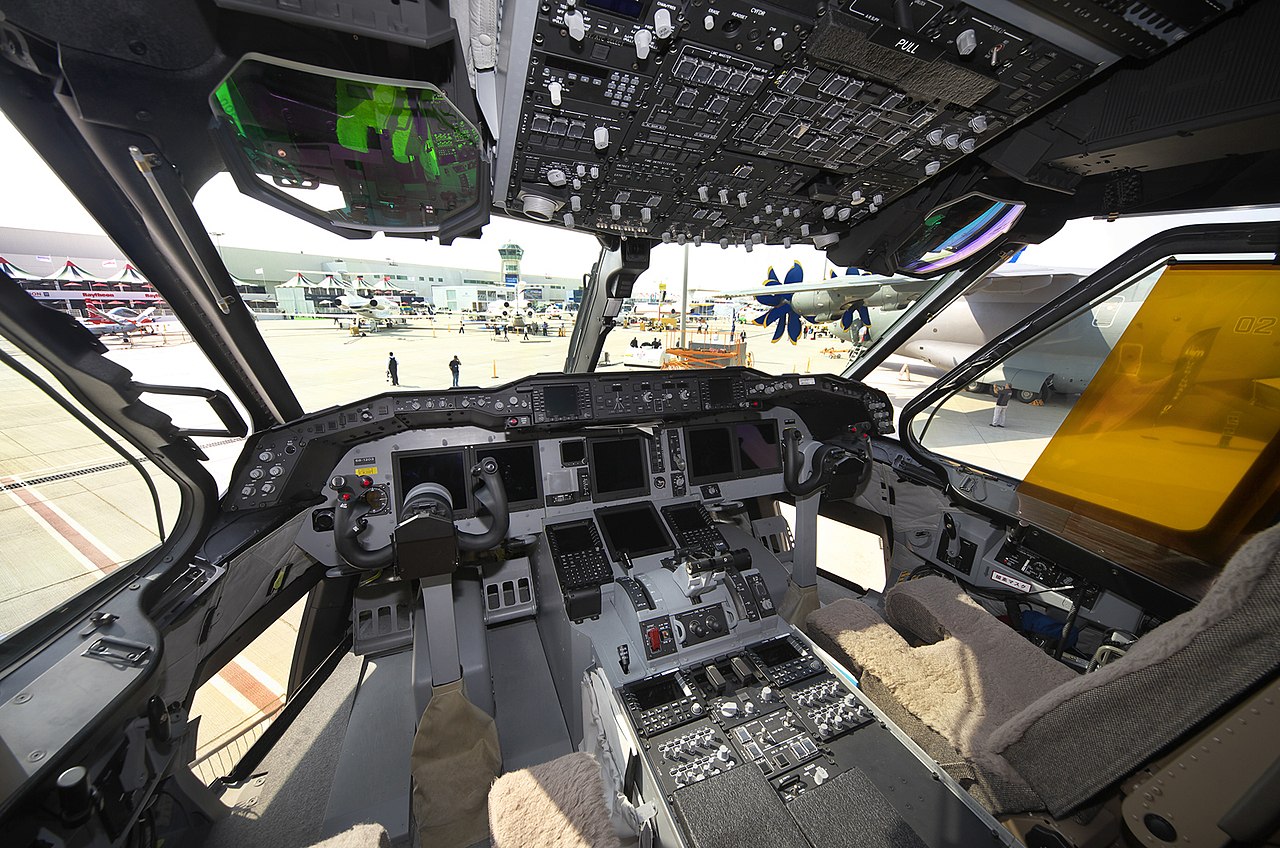
The C-2’s advantages over the C-1 are massive, really. In fact, while one largely informed the design of the other, they are quite different aircraft. Beyond improved range, increased speed, and a much larger payload — roughly up to four times that of the C-1 — the C-2 also features a range of modern technologies, including an advanced flight deck and flight control system, auto-airdrop system, self-protection equipment, and an air-to-air refueling capability.
As so often happens once an airframe proves itself, the C-2 has been adapted for multiple roles besides hauling cargo. Japan has converted the second prototype to an electronic intelligence-gathering RC-2 version—a critical asset in an age of rising threats from major regional players.
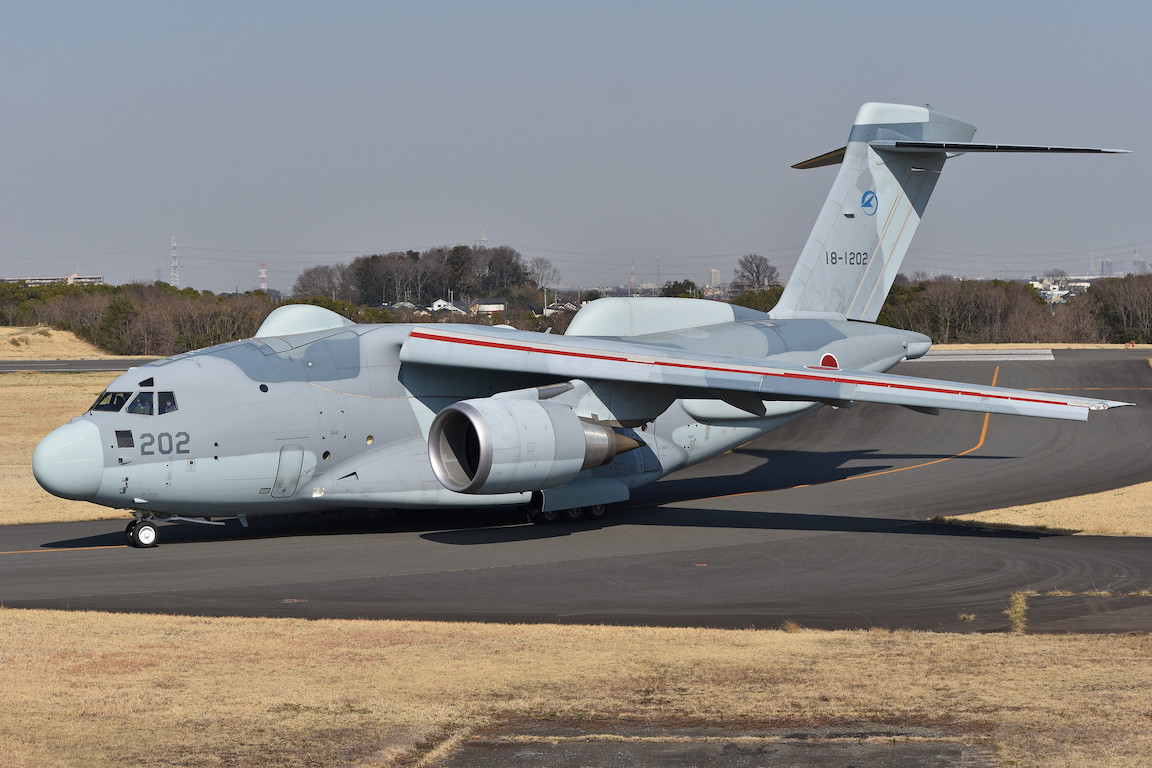
Japan has not been much of a player in the international marketplace when it comes to military aircraft, but the country has decided to offer the C-2 (and the P-1 MPA) for export, challenging competitors such as the Airbus A400M and Ilyushin Il-76, although no foreign sales have been recorded yet. The JASDF plans on buying just 22 C-2s, which is even less than the number of C-1s that were built, which totaled 31.
While seeing the C-1 and its successor, the C-2, next to one another on the ramp at Kamigahara provided many Twitter users an eye-opening chuckle, it also served as a strong visual demonstration of how far Japan’s military ambitions and capacity have advanced in just a few decades.
Contact the author: Brian@thedrive.com
